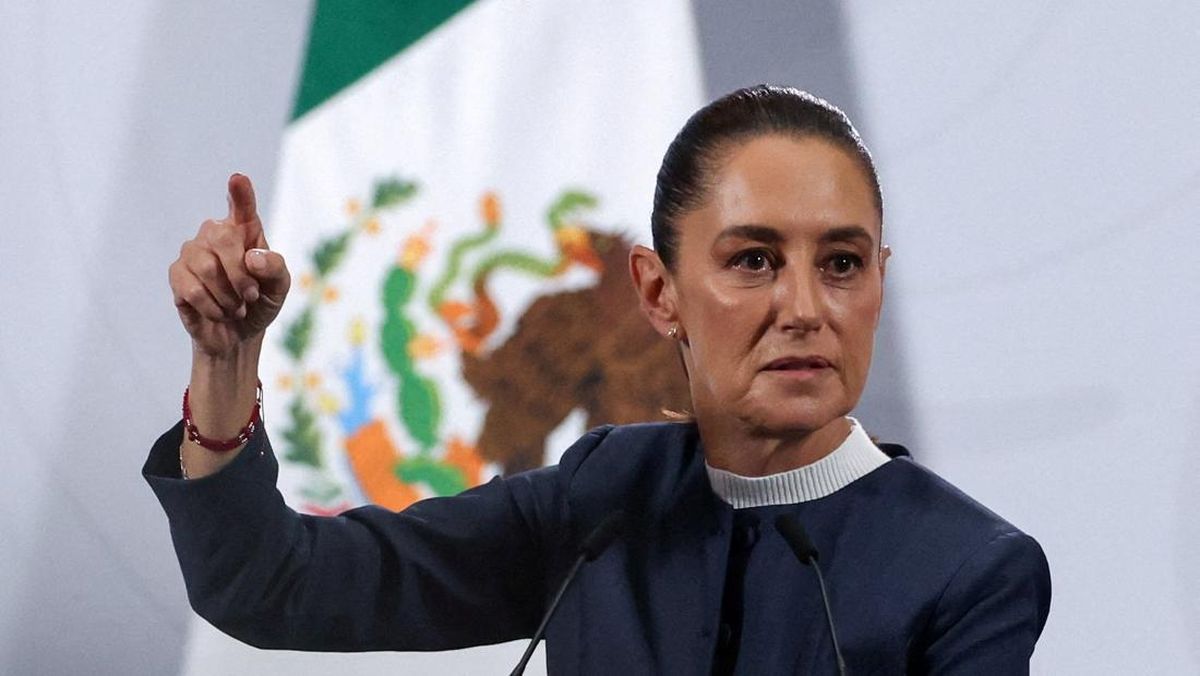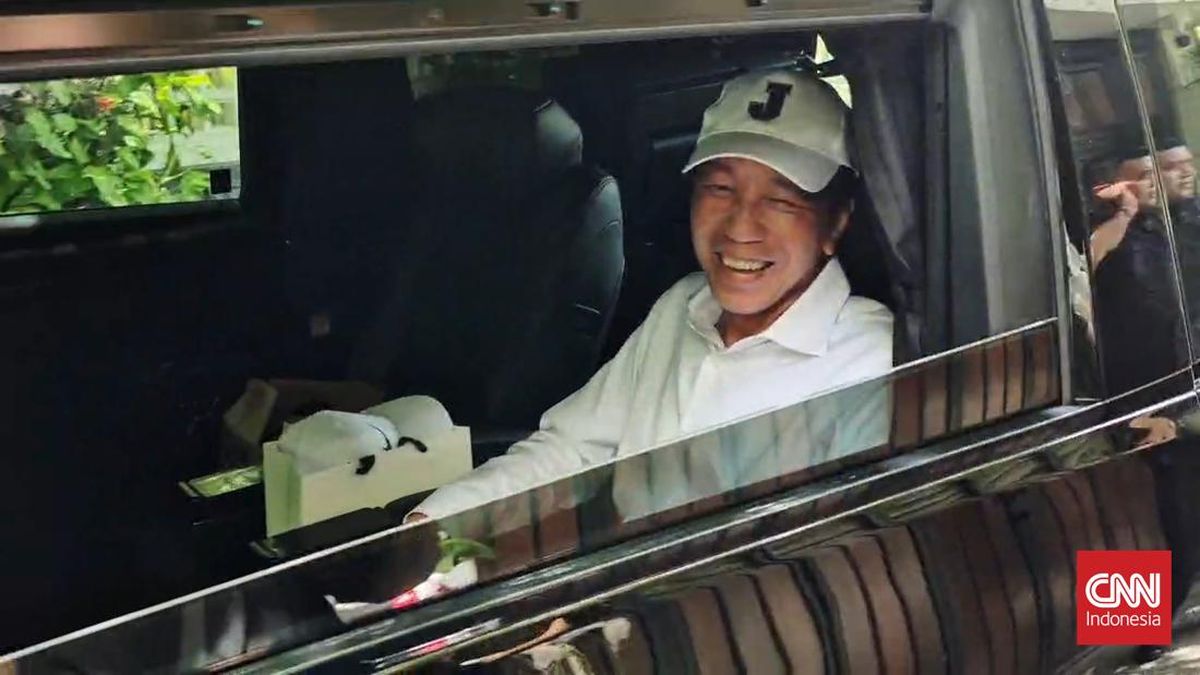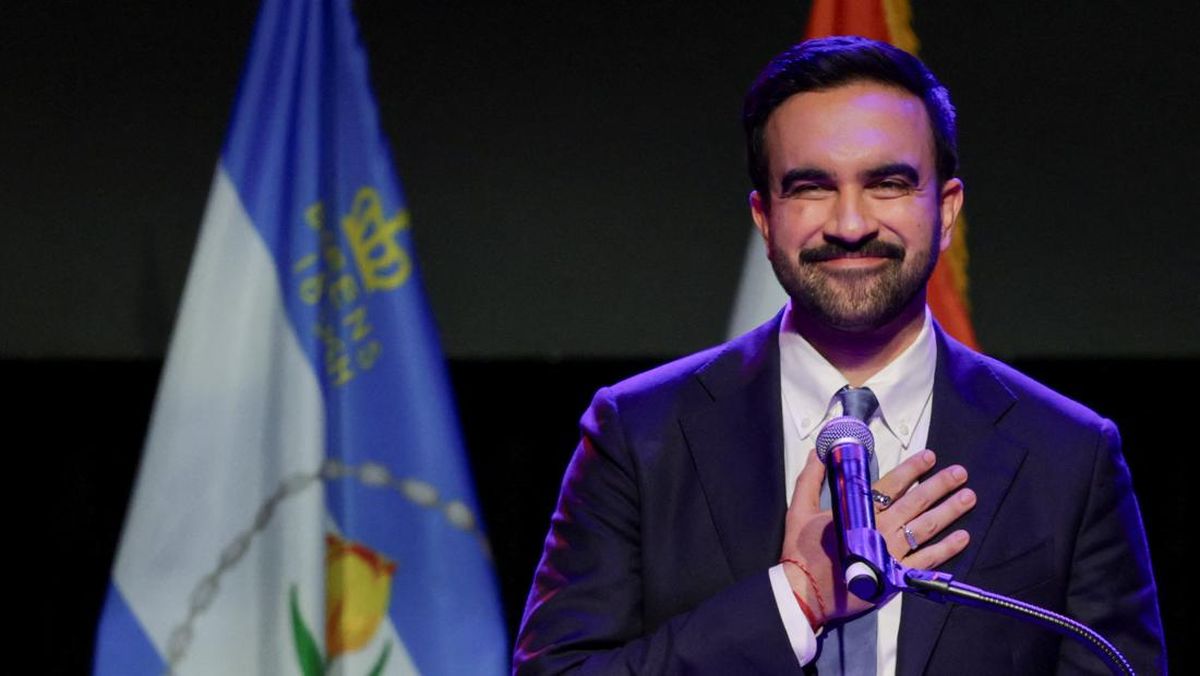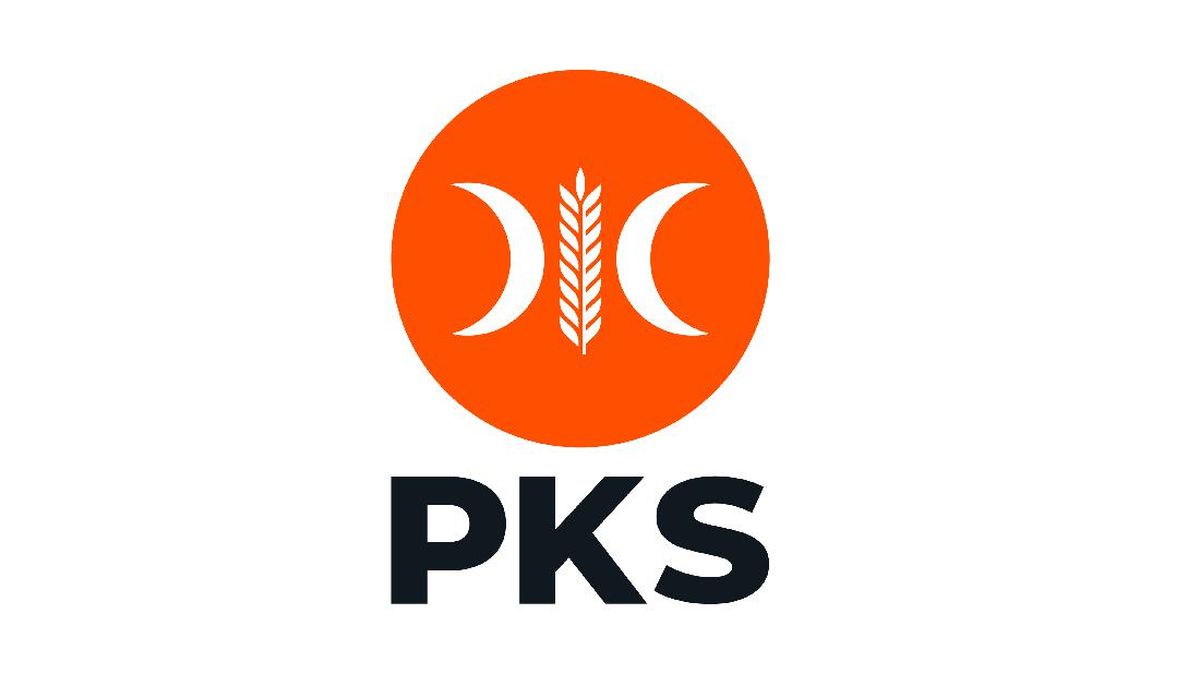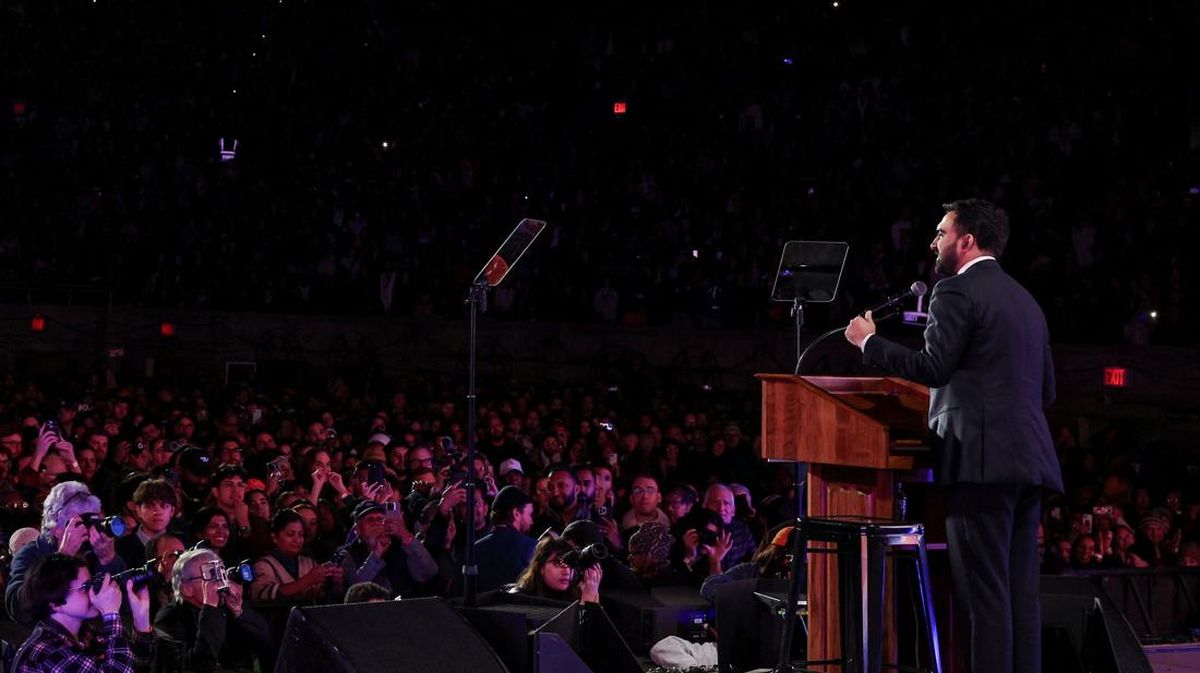It’s Saturday night at the movies and, as the lights come up on the final credits, the gorgeous old 1936 art deco theatre fills with the hubbub of excited voices and the scuffle of patrons getting to their feet and filing out. Most of them, anyway. Little knots of people stay in their seats, talking over what they’ve just seen, and Emma Addario sighs. This is her least favourite part of cinema ownership. “People get so excited and want to stay and chat, but I have to go over and say, ‘I’m really sorry, but the cinema is closing,’ or ‘I’ve got to let the next audience in,’ ” says Addario, 53, who inherited the Roseville Cinema on Sydney’s Upper North Shore from her father at the age of just 17 and started running it two years later.
“I hate to do it because I love seeing how much they’ve enjoyed sharing the experience,” she says, “something you’d never get from staying home watching TV. That’s the magic of cinema. It’s pure escapism and time out from busy lives and, in a cinema like this, people feel cosy and welcomed. Now we’re seeing a lot of younger people starting to come too, because they like the nostalgia. That really appeals to a new generation.”

Roseville Cinema: venues like this offer “something you’d never get at home watching TV”, notes owner Emma Addario.Credit: Brent Lewin
In Melbourne, at Classic Cinemas in Elsternwick, which first opened as a picture palace in 1911, Benji Tamir often faces a similar problem with audiences not wanting to go home, particularly the newer film-goers. “We’re particularly seeing a big uptick from the younger generation to our heritage cinemas,” says Tamir, 34, general manager of his family’s company Moving Story Entertainment, which owns three vintage cinemas in Melbourne (the Classic, the Cameo and the Lido) and one in Sydney (the Ritz). “They’re in their 20s and 30s and they’re discovering cinema for the first time. There’s so much on the streamers, they don’t know what to watch or what to look for. So if a cinema curates films and cult ’80s and ’90s movies, or runs retrospectives, they’ll trust what we are doing. They want to see both edgy new films and the retro ones and talk about them afterwards. But that’s what the foyer is for!”
Australia’s vintage independent cinemas, often with elaborate art deco or baroque architecture, lavish foyers and ornate stages, are finally the stars of their own stories after being battered by COVID, the dramatic fall in the number of films being made as a result of the writers’, then actors’, strikes and Netflix. While attendance across the whole sector is still down by about 20 per cent from pre-pandemic, according to Tamir (Screen Australia figures show we now go to the cinema only 4.8 times a year, compared with the 1996 peak of 11.3 visits annually), those small jewels of the suburbs are at the forefront of the recovery. Film-goers love their old-style glitz and glamour, the personal service and how hard those cinemas work for their patronage.

Benji Tamir, whose family owns the Classic, the Cameo and the Lido in Melbourne and the Randwick Ritz in Sydney, mixes edgy new films with retrospectives.Credit: Peter Tarasiuk
Of course, only the best have survived since the halcyon days of the 1950s and ’60s before television made such inroads, when Melbourne had more than 70 independent suburban cinemas and Sydney had more than 80. Back then, many were grand picture palaces designed to transport film-goers to another world; often they were the heart of a community’s social life for dates, family outings and kids’ serials. Now, since the firm grip of TV, the internet, streaming and shopping centres, only about 16 remain in Melbourne, and some 11 in Sydney.
“Those are the Steven Bradburys of the cinema world,” says Paul Brennan, resident film historian for The Society of Australian Cinema Pioneers (referring to the Australian Olympic speed skater who won gold in 2002 after all his competitors crashed). “So many have closed.” It’s only those independent cinemas with wealthy owners – or with owners who have inherited their theatres – that have been able to survive, says Brennan. Sydney’s 1935 Orpheum, for example, was bought in 1986 by former TV and radio host Mike Walsh, restored for $2.5 million and reopened as the Hayden Orpheum Cremorne. “But now they’re doing well,” he adds. “People love the concierge style of being greeted at the door by a person in a coat, and the lampshades, light fittings, lounge chairs, hotel-type foyers and how stylishly restored the cinemas are. They don’t run violent films with everyone being stabbed, and they’re safe and sophisticated and really appeal to women. People want to go out rather than stay home, and they don’t want to go to a shopping centre. They want to be in a beautiful venue run by adults.”
Many of the old picture palaces are certainly stunning, including, in Sydney, the Roseville Cinema, the 1937 Randwick Ritz, the Hayden Cremorne Orpheum and the 1940 Golden Age Cinema in Surry Hills. Melbourne has, among its top picks, the 1911 Classic in Elsternwick, the 1912 Lido in Hawthorn, the 1935 Cameo in Belgrave, 1936’s The Astor in St Kilda and the 1938 Sun Theatre in Yarraville.

The Lido in Hawthorn was built in 1912.Credit: Peter Tarasiuk
As well as their big successes with films like Barbie, Oppenheimer, the James Bond, Avatar and Top Gun franchises, The Dry and Downton Abbey, they routinely program retrospectives which always do well, especially since they’re now being run with the latest technology in sound and vision. A showing of the 1990 crime thriller Goodfellas at the Randwick Ritz recently had an audience of 600. A screening at the Orpheum of the 1962 epic Lawrence of Arabia attracted a crowd of 500. In Melbourne, the Lido was packed out with more than 200 watching 1995’s Heat.
Loading
Brett Rosengarten, CEO of Independent Cinemas Australia, feels the business is bouncing back, with more films in the mix, especially now that Amazon MGM Studios has committed to greater production. He hopes this will close the gap left by the Disney takeover of the Fox Entertainment Group – Disney significantly reduced Fox’s film output since the 2019 acquisition to focus on streaming, cut costs and reduce brand confusion. “Overall, the cinema business is getting healthier and healthier as every month goes by,” says Rosengarten. “Like in any business, those people who reinvest in their assets – like their cinemas – reap the rewards, and so many of those old picture houses are absolutely beautiful and are still doing good business. I’m excited about the future, with the box office now up 3 per cent [in Australia] on last year.”
Yet however well those historic cinemas regain old business, they’ll never again reach the heady heights of the 1920s and 1930s. Back then, the cost of a weekly movie ticket for a family of four was considered so important that it was factored into the minimum wage. At one point, the size of cinema audiences eclipsed church congregations, sparking lively debates about the pernicious impact of film.
‘Young people have always had an interest in living in the past. For many of those, going to the cinema is a new experience.’
Historian James Findlay“Cinema has always been a very important social and cultural institution,” says University of Sydney historian Dr James Findlay. “Viewing patterns have changed, but I think there will always be a yearning for the collective experience and spectacle of cinema, and nostalgia for it. Showing those older classic films fits with the aesthetic of most of those beautiful vintage cinemas, reminiscent of previous eras, and young people have always had an interest in living in the past. For many of those, going to the cinema is a new experience and cinemas are working to make them more immersive, value-adding elements that make going to the cinema an even more enjoyable event.”
The Astor in Melbourne’s St Kilda is perhaps the frontrunner in that regard, branding itself the cinema run by film fans, for film fans. Manager and program manager Zak Hepburn, 42, who also programs Palace Cinemas stablemate the Chauvel in Sydney’s Paddington, runs a huge number of double features, pairing a new release with an old movie on a similar theme, five-in-a-row Twilight and Star Wars marathons, a 24-hour marathon on Halloween, performance films with the audience on their feet and dancing, and movies bookended by live music. “We ‘event-ise’ repertory screenings, as nostalgia is a very potent force in 2025. People are looking back and wanting to be re-energised and reconnected on the big screen,” Hepburn says. “For the 50th anniversary of Jaws we created our own pre-show trailer from shark exploitation films. This new generation of audiences haven’t had that communal experience in cinemas and we’re showcasing cinema for them and giving it a dynamic program.”

Alex Temesvari has trialled live music and comedy at the Hayden Orpheum. Credit: James Brickwood
The pandemic was the catalyst for a lot of this change. Some cinemas hold craft nights, with the lights kept on for audiences to knit, sew or crochet while watching the screen. At the Hayden Orpheum, general manager Alex Temesvari, 44, had regularly run Q&As before screenings, book launches and film festivals, but then trialled live music and comedy. Now he has Beatles and Elvis tribute acts, and concerts by veterans Leo Sayer, Ross Wilson and Glenn Shorrock. “They’ve done well and we’ve decided to keep doing all these pieces that make up the jigsaw,” he says. “We have 700 seats, so it’s big enough but still small enough to feel intimate. It would be disingenuous to say there aren’t still challenges, but we were fortunate that the last financial year ended up being our best result since COVID.”
Also celebrating big wins is Tamir. He’s just had the Ritz’s best year, after supplementing the regular new releases in all his cinemas with director retrospectives, romcoms every Tuesday, musicals on Sundays, classics on a Saturday and cult films on Friday nights. “We were also the first to play Netflix films in the cinema, with Scorsese’s The Irishman,” he says. “Others are doing that now, but that’s what’s good about the independents. We are small, we are nimble and we can take risks.”
To read more from Good Weekend magazine, visit our page at The Sydney Morning Herald, The Age and Brisbane Times.


